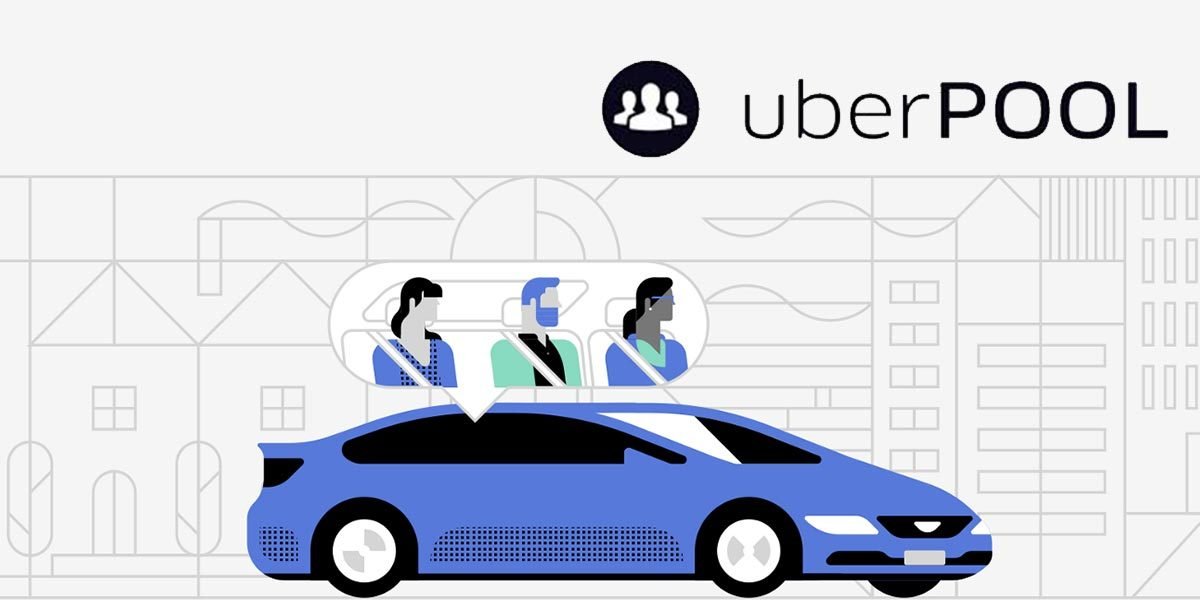With a rising cost of petrol-diesel and agony of traffic congestion, shared and green mobility are the obvious options. While euphoria around the electric vehicle is picking up, it would take a couple of more years to reflect on the ground.
However, app-based cab-hailing service Ola and Uber have been cutting carbon emission and saving fuel worth millions of USD through their shared ride feature.
Presenting figure just before World Environment Day, the company claimed that UberPOOL has saved 10,340-kiloliters of fuel since its launch during the last leg of 2015 calendar year.
It also emphasised that the service made India cut overall fuel expenses by approx Rs 30 crore ($4.5 million). Currently, the shared ride feature is live in 12 cities. Importantly, Bengaluru accounted the maximum number of share rides for the San Francisco-based company.
Delhi (NCR) and Kolkata were the next big destinations for UberPOOL adoption.
Over the past two and half years, uberPOOL has claimed to cover 200 trillion kms and control CO2 emissions by over 36,537 tonnes in India.
In contrast, indigenous ride-hailing major Ola had claimed to have curb 12 million kgs of CO2 and saved over 70 lakh liters since its launch October 2015 till June 2017 (almost a year ago). Delhi, Bengaluru and Mumbai were the top cities in terms of ride taken via ‘Ola Share’.
At present, Ola Share service can be accessed across 26 Indian cities.
Recently, Uber had launched Express Pool that allows riders to walk and board cabs at pickup points. The company wants to tweak the current pool service which follows direct routing. It would further help the company to save fuel and cut carbon emission as Express Pool weeds out a pain of route-deviations and optimise the route by covering the shortest distance possible.
Since the average occupancy of a car in India is very low, shared mobility can be a win-win situation for everyone and save public as well private exchequers of fossil fuels. According to the Ministry of Road Transport and Highways, the average occupancy of a car is only 28%.
The development was first reported by ET.














